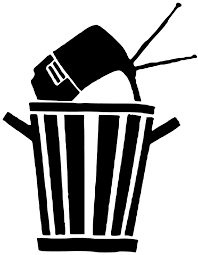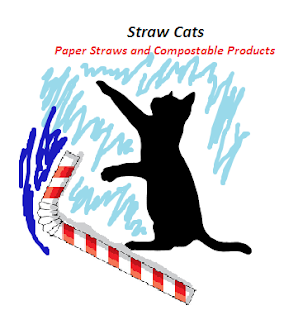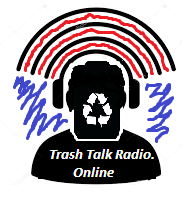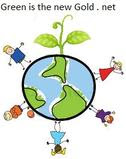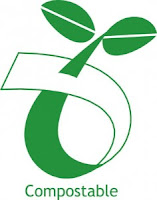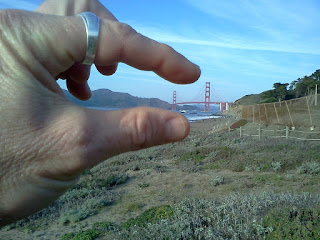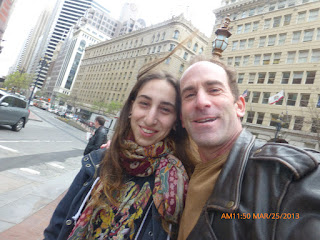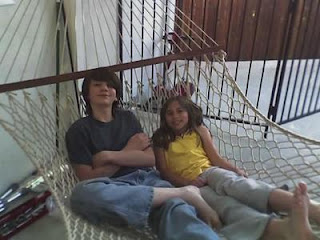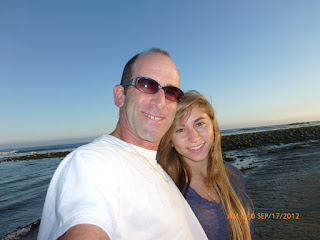I can't believe it's actually been taking me this long to get back on this blog and commit to regular posts, but anyone that knows me, knows I am thorough, and like to jump in with both feet on my pet projects. Maybe I should backtrack just a bit to where this started, and hopefully by the end of this post I can bring it back full circle (and maybe quote from one of my favorite songs while I do :)
About two years ago, I watched an article on the evening news about a young child who was electrocuted when he grabbed a metal pole in the pool where his family was swimming. Seeing this, his uncle jumped to attention and pulled the kid off. Both were injured but alive. Now anyone in construction or real estate or who owns a pool knows there are codes in place to protect this from happening by installing GFI (Ground Fault Interrupters) in all electric sources near water. (The same holds true for kitchens and bathrooms.) Basically, if you dropped a hair drier in the bath, and it was plugged into a GFI, it should break the circuit before it gets you.
P.S. DO NOT TRY THIS.
Well, the strangest thing happened. I immediately began thinking and writing about ways to retrofit homes for safety, which began me thinking about other important systems like recycling and composting, water saving and greywater recapture systems, low energy use appliances and lighting, and eco-friendly and non-toxic cleaners, and building supplies. Almost immediately I started thinking about other types of sustainable living and the food we consume and the products we use.
Now, I've always been a very health conscious and active person. I strive to work out and play sports almost every day and feel excellent for my age. (51) But I had never grown anything to eat before, and I never really checked the labels so well on the foods I bought. The research and time commitment were extreme. The research was fun. Building six planter boxes, lining and filling them and planting my garden. The first crop this year yielded four awesome and huge tomato plants of different varieties, great tasting radishes, jalapeno and habanero peppers, onions, carrots and spinach, butter lettuce and peas. Tons of herbs that I pick and use in everything I cook almost daily, including Rosemary, Basil. Oregano, Cilantro, and Garlic.


I now make the freshest and best tasting pico de gallo around. And boy are those peppers hot, and those tomatoes are incredible tasting. (If you compare a home grown organic tomato to a store bought, nitrogen reddened tomato, you'll notice they taste totally different, and quite honestly you'll no longer like the ones they serve you in most restaurants.)
When I continued my research, it led my to several very interesting movies on Netflix called "Cowspiracy", "Vegucated", and "Fed Up". I won't go into too much more detail here, but I recommend everyone watch these films with an open mind. We are killing ourselves and our planet and making our children sick in the process. (My next post will go into more detail about this because I just can't keep it in!)
To finish off, and bring it full circle as I promised at the start, is to quote from a great American Song by Arlo Guthrie, "Alice's Restaurant",
"You know, if one person, just one person does it they may think he's really sick...And if two people, two people do it, in harmony, they may think they're ### and they won't take either of them.
And three people do it, three, can you imagine, three people?...They may think it's an
organization. And can you, can you imagine fifty people a day, I said fifty people a day?...
And friends they may thinks it's a movement."
So friends, that's what we have here in my opinion, the beginning of a movement. Let's all join in and choose three green things we can start off with. You never know where it can lead you :)
Until next time. Peace :)
